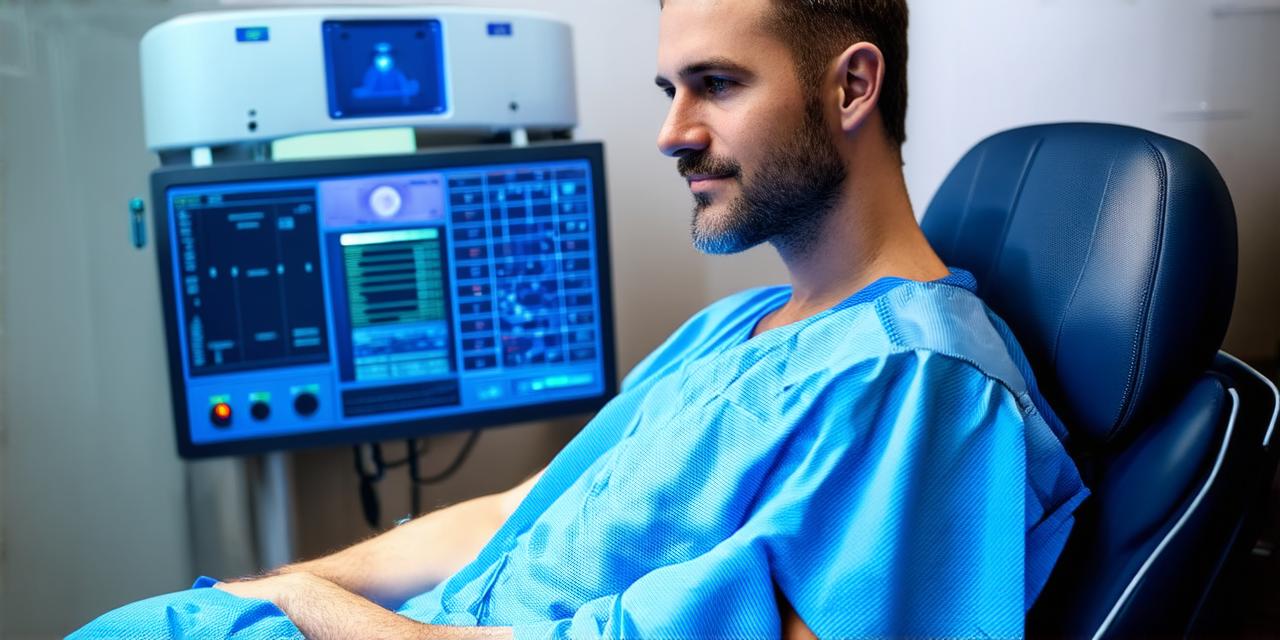How blockchain could empower ehealth: an application for radiation oncology
Blockchain technology is revolutionizing industries across the globe, and healthcare is no exception. The decentralized, secure, and transparent nature of blockchain makes it a promising solution for securing patient data and streamlining clinical workflows. In this article, we will explore how blockchain could empower eHealth by focusing on the application of radiation oncology.
Introduction

Radiation Oncology is a medical field that uses ionizing radiation to treat cancer and other diseases. This field requires precise and accurate patient data management to ensure optimal treatment outcomes. The current methods of storing and sharing patient data are often prone to errors, fraud, and security breaches. Blockchain technology offers a potential solution to these challenges by providing secure, decentralized, and transparent storage and sharing of patient data.
Security and Privacy in Radiation Oncology
Radiation oncology involves handling sensitive patient data that must be kept confidential and secure. The protection of patient data is crucial for maintaining trust between patients and healthcare providers. Traditional methods of storing and sharing patient data involve centralized databases, which are often vulnerable to hacking and data breaches. In contrast, blockchain technology provides a decentralized, secure, and transparent solution for storing and sharing patient data.
Blockchain provides several features that make it an ideal solution for securing patient data in radiation oncology. Firstly, the decentralized nature of blockchain ensures that there is no single point of failure or vulnerability. This means that patient data is distributed across a network of computers, making it much more difficult for hackers to access and steal data. Secondly, blockchain uses cryptographic algorithms to ensure that data is secure and cannot be tampered with without detection. Finally, the transparency of blockchain ensures that all parties involved in the management of patient data can see and verify the data, which helps to prevent errors and fraud.
The benefits of using blockchain for securing patient data in radiation oncology go beyond security. Patients also have greater control over their data, as they can choose who has access to it and when. This is particularly important in radiation oncology, where patients may need to share their data with multiple healthcare providers over the course of their treatment.
Case Studies
Several companies have already started exploring the use of blockchain in radiation oncology. One such company is MediLedger, a blockchain-based platform that securely tracks and verifies prescription drugs from manufacturer to patient. MediLedger’s technology has been used in several clinical trials for radiation oncology, including a trial at the University of California, San Francisco, where it was used to track the distribution and use of radiation therapy equipment.
Another example is the use of blockchain by the European Union (EU) in its Horizon 2020 program. The EU has launched several projects aimed at exploring the use of blockchain in healthcare, including one focused on improving data sharing and interoperability in radiation oncology.
Blockchain and Clinical Workflows
In addition to securing patient data, blockchain technology can also streamline clinical workflows in radiation oncology. Traditional methods of managing patient data involve multiple paper-based processes that are often time-consuming and prone to errors. In contrast, blockchain provides a digital solution for managing patient data, which can be accessed and shared quickly and easily.
Blockchain can also help to automate certain tasks in radiation oncology, such as scheduling appointments and tracking treatment progress. This can save time and reduce the risk of human error. Furthermore, the use of blockchain can enable healthcare providers to share patient data more efficiently, which can improve patient outcomes by allowing for faster and more accurate diagnosis and treatment.



